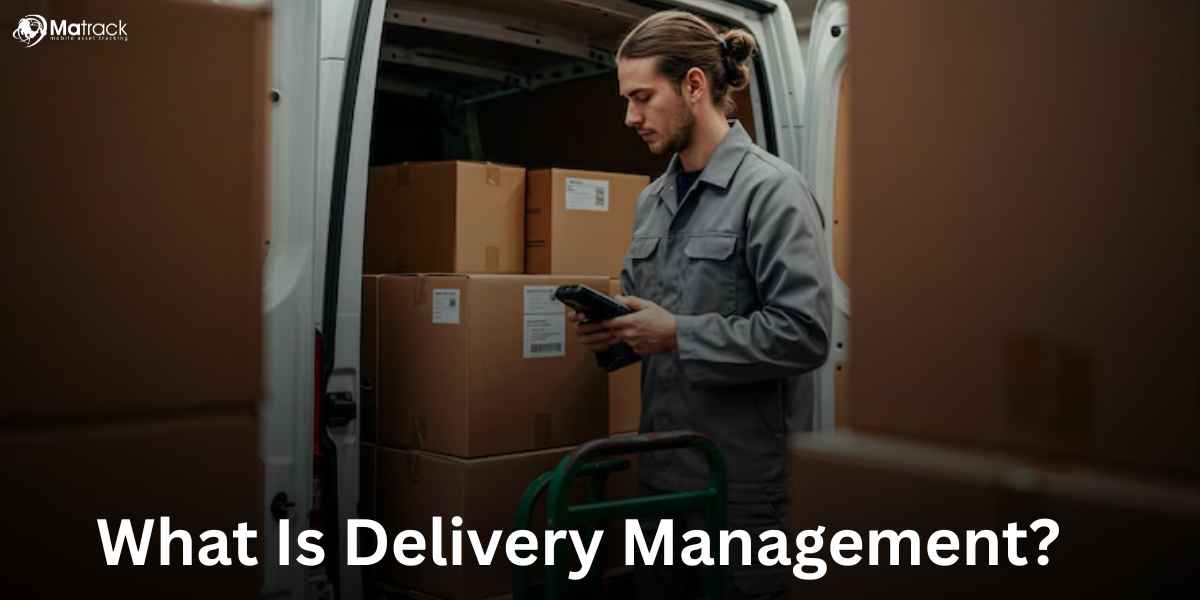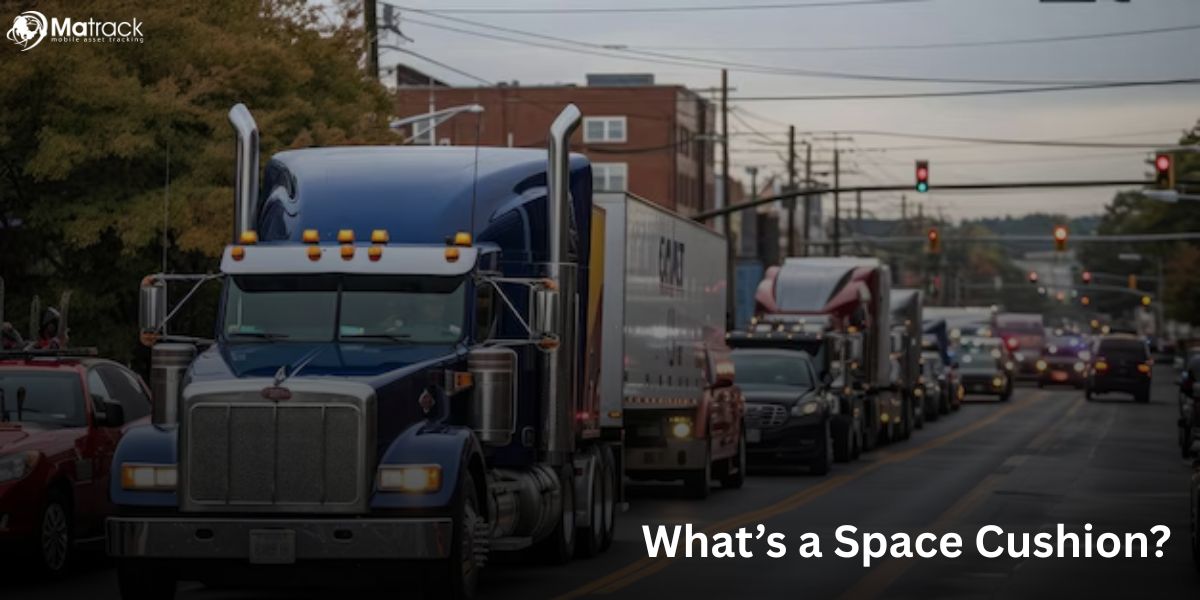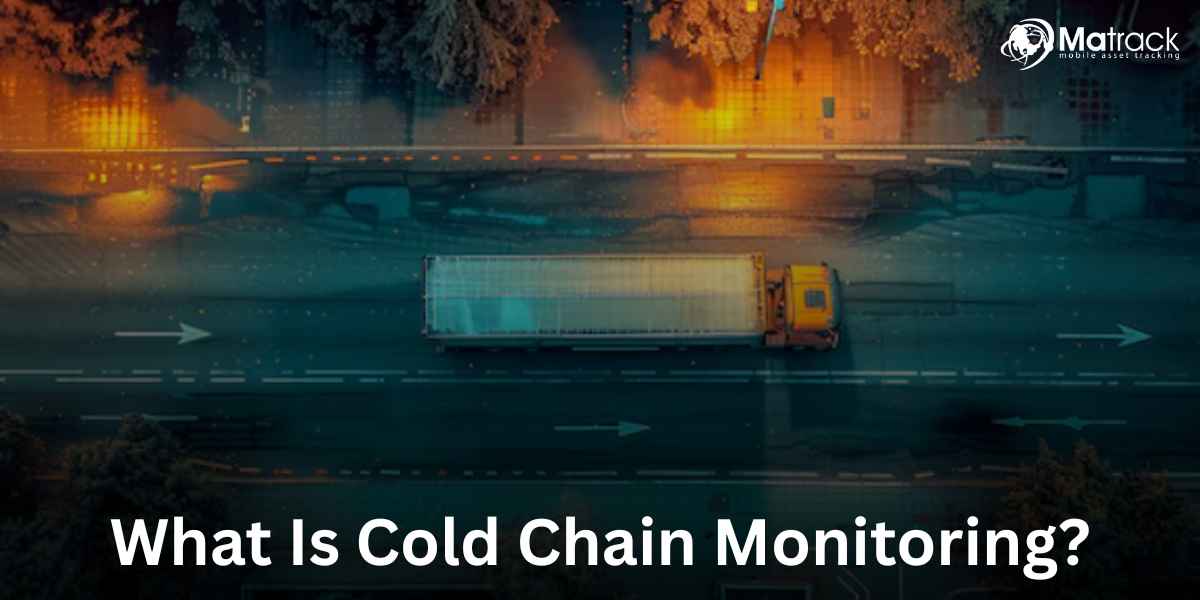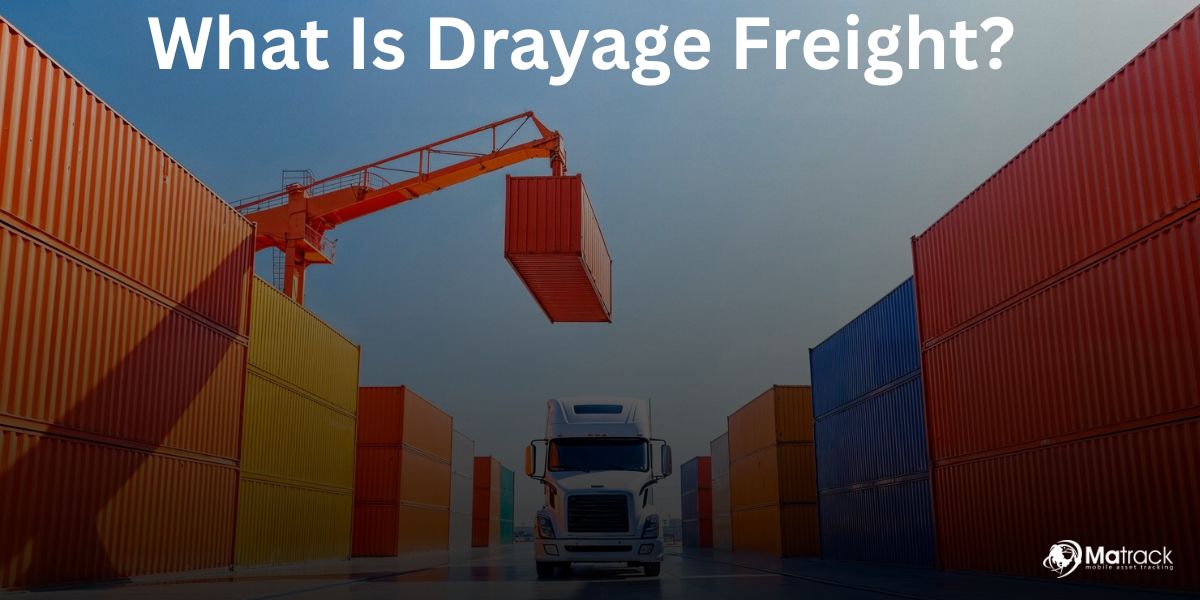Key Takeaways:
- Delivery management improves speed, accuracy, and cost-efficiency by coordinating orders, routes, fleets, and tracking in one system.
- Real-time data, automation, and customer communication play a central role in reducing delays and increasing delivery reliability.
- Monitoring key metrics like on-time rates, cost per delivery, and accuracy helps businesses refine and scale their delivery operations.
- Matrack Fleet Tracker supports better delivery control through live tracking, geofencing alerts, and vehicle diagnostics.
What Is Delivery Management?
Delivery management is the process of organizing, overseeing, and optimizing the transportation of goods from a starting point to a final destination. It ensures that products reach customers efficiently, on time, and in the correct condition.
The process involves planning delivery routes, assigning drivers, tracking shipments, and handling customer communications. Businesses rely on delivery management to reduce costs, avoid delays, and improve customer satisfaction.
From local couriers to large logistics networks, delivery management supports daily operations by combining technology with real-time data. It helps companies scale their delivery volume without compromising on speed or accuracy.
Why Delivery Management Is Important
Delivery management improves logistics performance and business efficiency. It increases order fulfillment success and reduces delivery errors.
Increases Customer Satisfaction
Fast, reliable delivery builds customer trust. Real-time updates, accurate time windows, and proof of delivery reinforce customer confidence.
Reduces Cost Per Delivery
Efficient routing, optimized fleet usage, and fewer failed attempts lower total delivery costs. Companies save fuel, reduce idle time, and avoid penalty charges.
Improves Operational Speed
Automation reduces delays in order assignment, route generation, and customer updates. Each delivery gets optimized for time and location.
Enhances Scalability
Scalable systems handle higher order volumes without hiring extra staff. Technology allows businesses to grow without logistical bottlenecks.
Increases Sustainability
Optimized routes reduce fuel consumption and carbon emissions. Eco-friendly delivery scheduling contributes to corporate sustainability goals.
What Are The Key Components Of Delivery Management?
Effective delivery management depends on the seamless integration of multiple components. Each plays a specific role in ensuring that goods move from the point of origin to the customer in the most accurate, cost-efficient, and timely way.
Order Management
Order management captures all necessary details related to incoming purchases. It verifies product availability, checks addresses, and triggers the fulfillment process without delay.
Inventory Control
Inventory control monitors product stock levels and tracks item locations across all storage points. It ensures that orders are fulfilled from the nearest or most efficient warehouse to reduce lead times.
Route Planning
Route planning uses intelligent algorithms to map the most efficient delivery paths. It accounts for real-time traffic, delivery windows, distance, and vehicle constraints to optimize travel.
Fleet Assignment
Fleet assignment involves distributing delivery tasks among available drivers and vehicles. The system considers package dimensions, delivery urgency, and fleet capacity to make the best match.
Real-Time Tracking
Real-time tracking monitors the exact location and movement of delivery vehicles. It allows managers to supervise performance and customers to follow their orders live.
Customer Notifications
Customer notifications keep recipients informed throughout the delivery cycle. Automated alerts communicate shipment status, estimated arrival, delays, and successful handoffs.
Proof of Delivery
Proof of delivery secures confirmation at the endpoint using digital signatures, photos, or barcodes. It records delivery time, recipient details, and the condition of the package upon arrival.
Key Metrics In Delivery Management
Tracking the right metrics in delivery management ensures that logistics operations stay aligned with performance goals. These indicators help businesses monitor delivery effectiveness, control costs, and improve customer satisfaction.
On-Time Delivery Rate
On-time delivery rate measures the percentage of orders that arrive within the promised time frame. A high rate indicates strong operational performance and timely execution.
Cost Per Delivery
Cost per delivery calculates the total expenses involved in completing one successful delivery. It includes fuel, labor, and packaging, and signals whether resources are being used efficiently.
Delivery Success Rate
Delivery success rate tracks how many shipments are completed without the need for reattempts. Higher success on the first attempt reduces operational costs and builds customer trust.
Average Delivery Time
Average delivery time evaluates how long it takes for a package to reach the customer after dispatch. Faster deliveries contribute directly to customer satisfaction and retention.
Order Accuracy Rate
Order accuracy rate checks how often the correct item, quantity, and condition are delivered. Maintaining a high accuracy rate minimizes returns and strengthens service reliability.
Customer Feedback Scores
Customer feedback scores use tools like Net Promoter Score (NPS) and Customer Satisfaction (CSAT) to measure post-delivery impressions. These scores reflect how well the delivery process meets customer expectations.
How To Improve Delivery Management?
Improving delivery management depends on using smart tools, real-time data, and streamlined communication. These actions increase delivery efficiency, reduce errors, and raise customer satisfaction.
Use Delivery Management Software
Delivery management software brings all logistics operations into one platform. It automates task assignments, improves route accuracy, and tracks delivery status with full transparency.
Implement Route Optimization Tools
Route optimization tools use real-time data to plan the most efficient paths. They reduce delays caused by traffic, weather, or road restrictions and maximize daily delivery capacity.
Automate Customer Communication
Automated communication keeps customers updated with real-time alerts. Notifications about order status, estimated arrival, and delivery confirmation reduce uncertainty and support a better experience.
Monitor Driver Performance
Monitoring driver activity reveals patterns in speed, idle time, and deviations. Analytics based on these insights help improve reliability, safety, and operational output.
Centralize Data Reporting
Combining all key metrics into a single dashboard simplifies performance tracking. This approach makes it easier to identify issues, monitor trends, and adjust delivery strategies accordingly.
Best Practices For Delivery Management
Successful delivery management relies on thoughtful planning and clear communication at every stage. These practices help reduce delays, increase accuracy, and create a smoother experience for both teams and customers.
Segment Deliveries by Zone
Organizing deliveries by area, such as ZIP codes or neighborhoods, helps drivers follow more efficient routes. This reduces unnecessary travel and saves time during each shift.
Pre-Schedule Time Windows
Allowing customers to choose their preferred delivery time increases the chances they will be available to receive it. This helps avoid missed deliveries and keeps the schedule running smoothly.
Use Smart Dispatching
Automated systems can assign deliveries based on vehicle capacity, traffic, and distance. This removes guesswork and allows dispatchers to manage operations more effectively.
Offer Live Tracking
Customers appreciate being able to follow their delivery in real time. Live tracking builds trust and reduces the number of support calls about order status.
Capture Digital Proof of Delivery
Collecting a photo, signature, or location tag confirms that a delivery was completed. It provides clear records and helps resolve any questions or disputes that may come up.
What Are The Challenges In Delivery Management?
High Last-Mile Costs
The final stretch of the delivery process, often called the last mile, is the most expensive. Fuel use, traffic, and failed attempts all add up and can make each delivery significantly more costly than earlier stages.
Unpredictable Delays
Traffic jams, weather changes, or road closures can disrupt even the most carefully planned routes. These delays affect delivery times and make it harder to meet customer expectations.
Failed Delivery Attempts
When customers are unavailable or address details are incorrect, drivers waste time and fuel on unsuccessful drop-offs. This leads to re-delivery attempts, added costs, and frustrated customers.
Inventory Mismanagement
Poor stock visibility can cause problems with order fulfillment. When warehouses don’t have accurate inventory data, it increases the chances of delays or incorrect deliveries.
Lack of Real-Time Visibility
Without real-time tracking, it’s difficult to monitor where drivers are or what delays they might be facing. This limits control over the delivery process and makes communication with customers less effective.
Scalability Issues
As order volumes grow, systems that worked well at a small scale often start to break down. Without proper tools or processes, scaling up can lead to missed deadlines and overwhelmed staff.
Customer Communication Gaps
When customers don’t receive timely updates, they feel left in the dark about their order. This lack of communication increases support calls and damages trust.
Solving these challenges requires smart planning, the right technology, and a clear focus on the delivery experience. The better these areas are managed, the smoother the entire operation becomes.
How Matrack Fleet Tracker Helps You Manage Your Delivery?
Matrack Fleet Tracker gives real-time updates on vehicle locations, helping managers stay informed throughout the day. This constant visibility allows quick decisions when delays or unexpected stops occur.
The system uses geofencing to alert teams when a vehicle enters or exits a specific area. These alerts help reduce route deviations and keep deliveries on schedule.
Vehicle diagnostics track engine performance, fuel usage, and driving habits in one place. This makes it easier to schedule maintenance, lower fuel costs, and avoid delivery disruptions.



